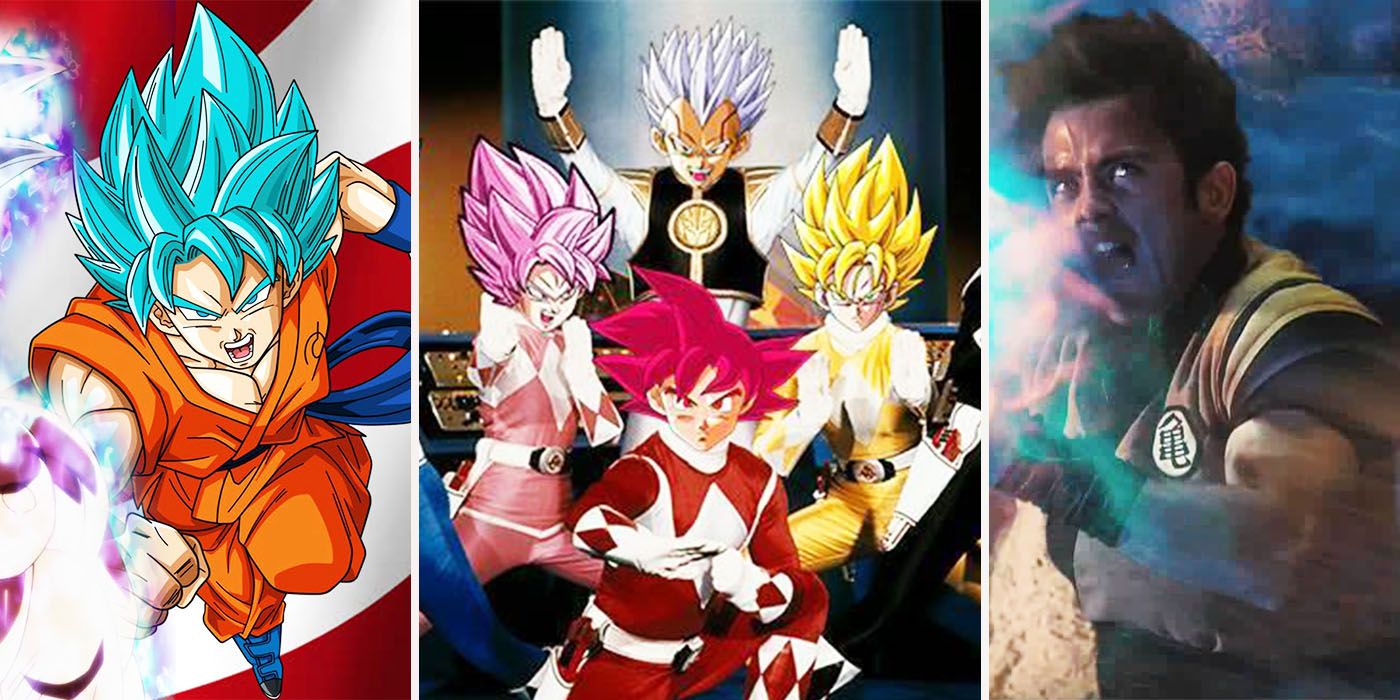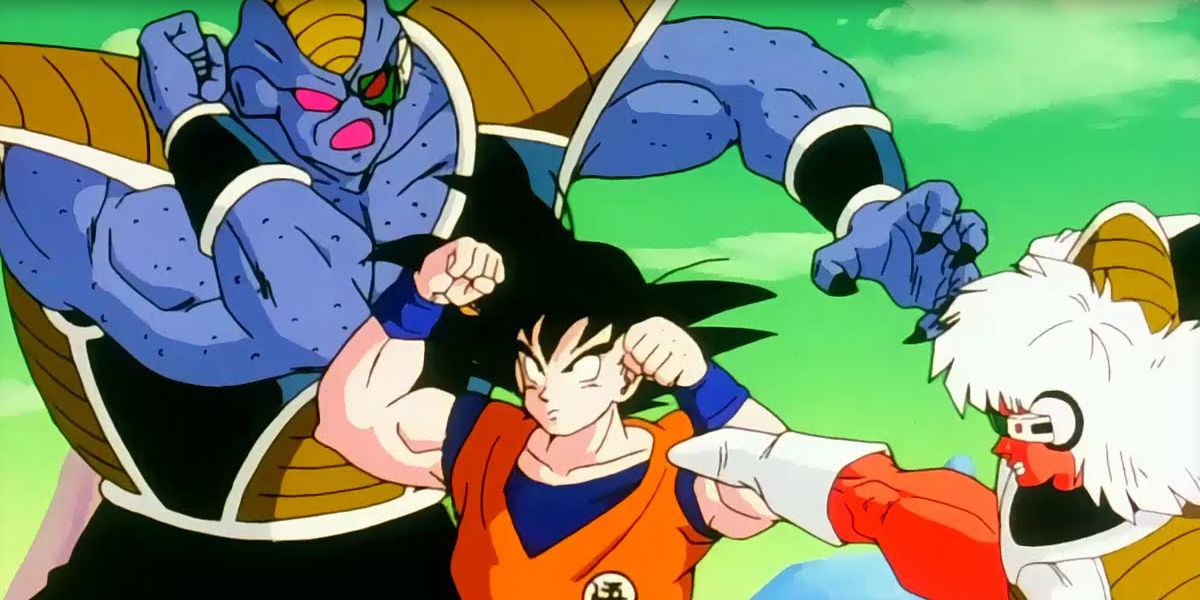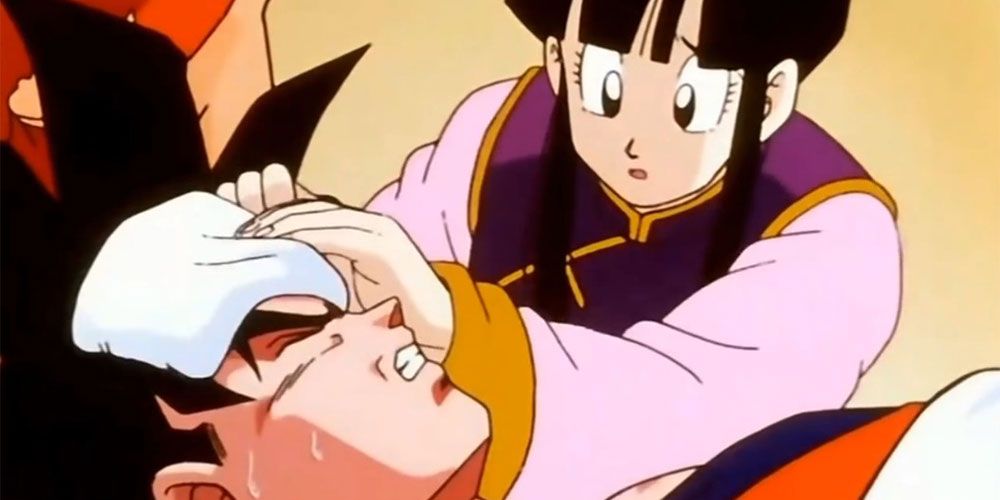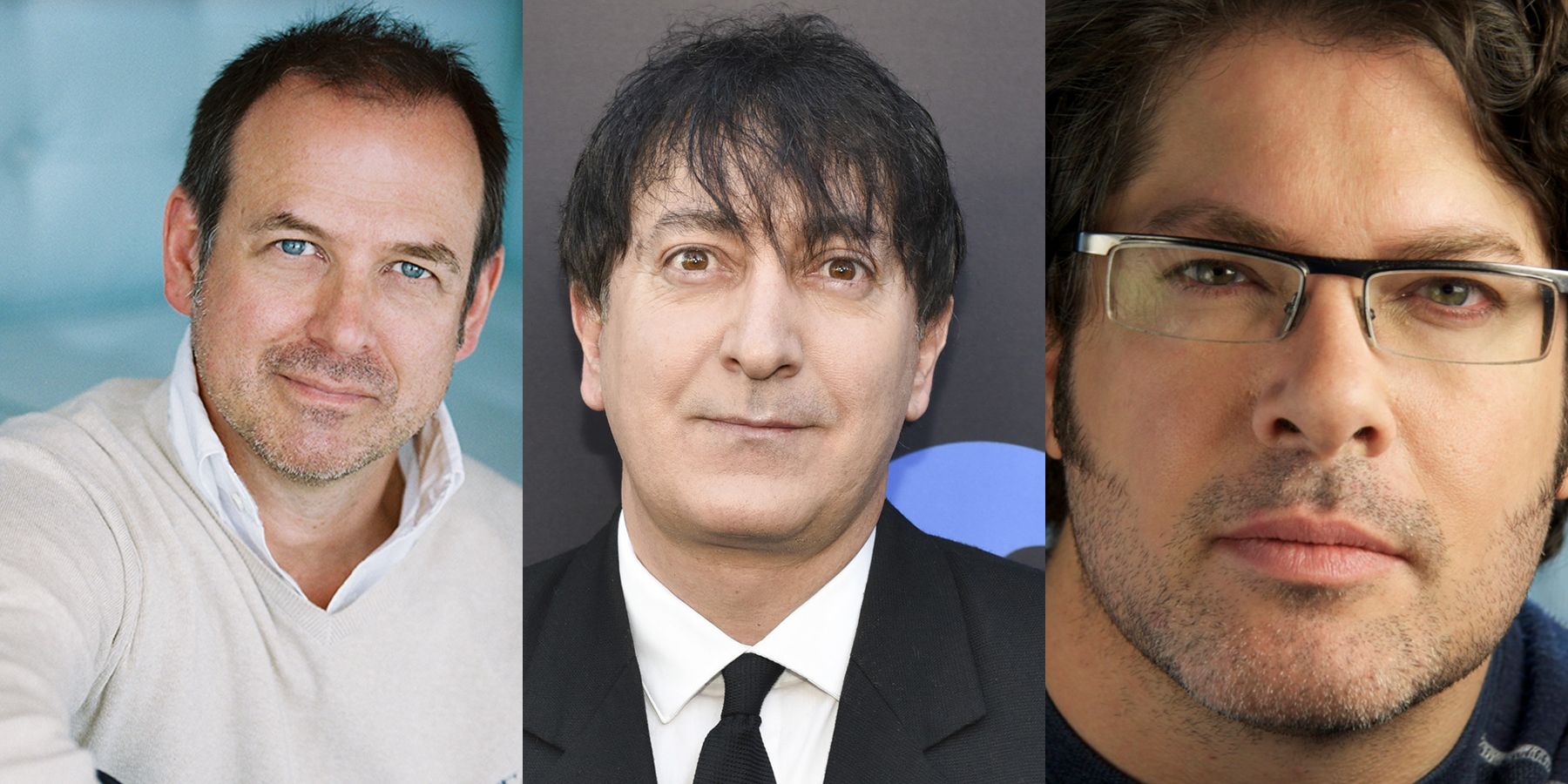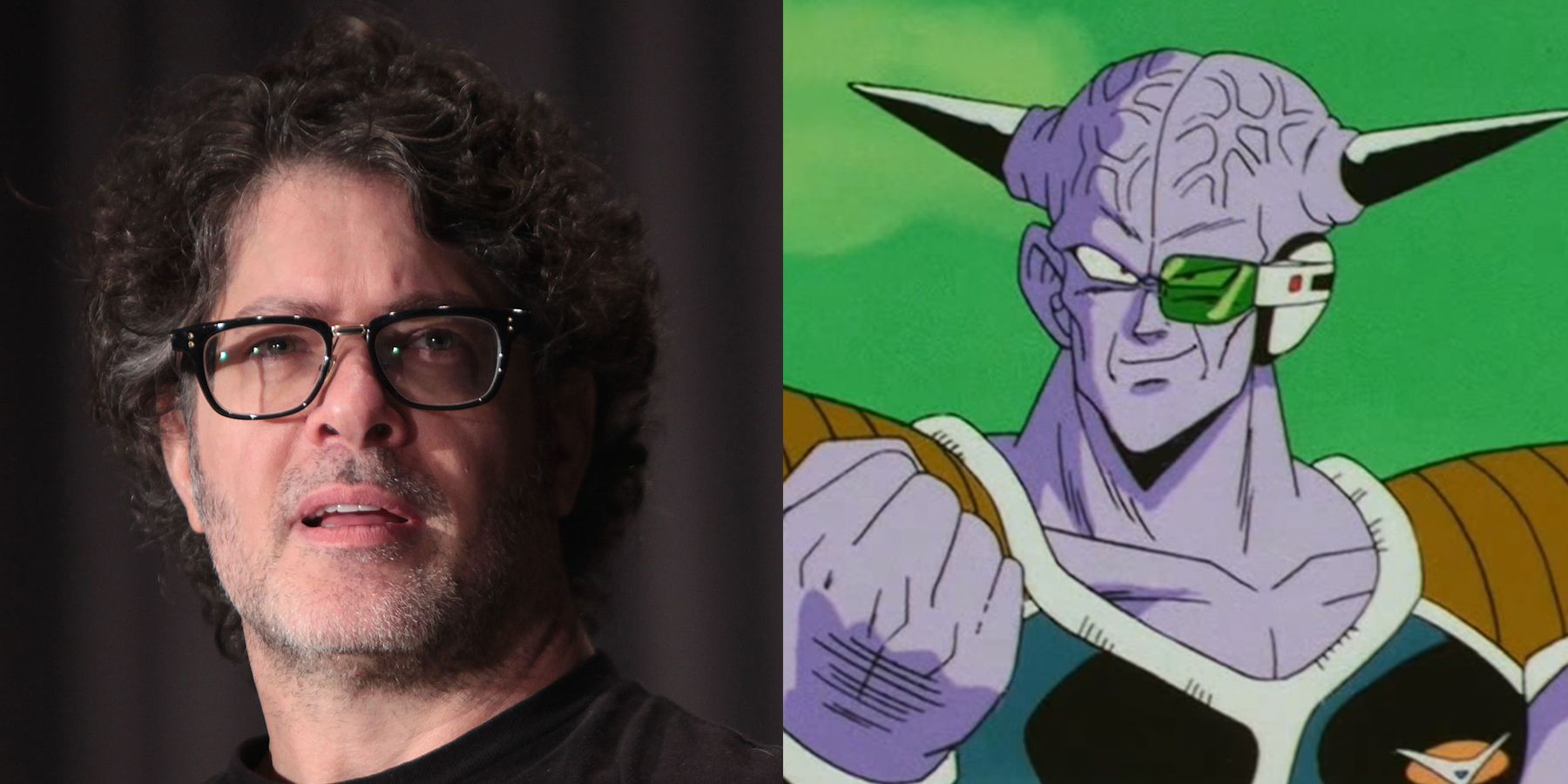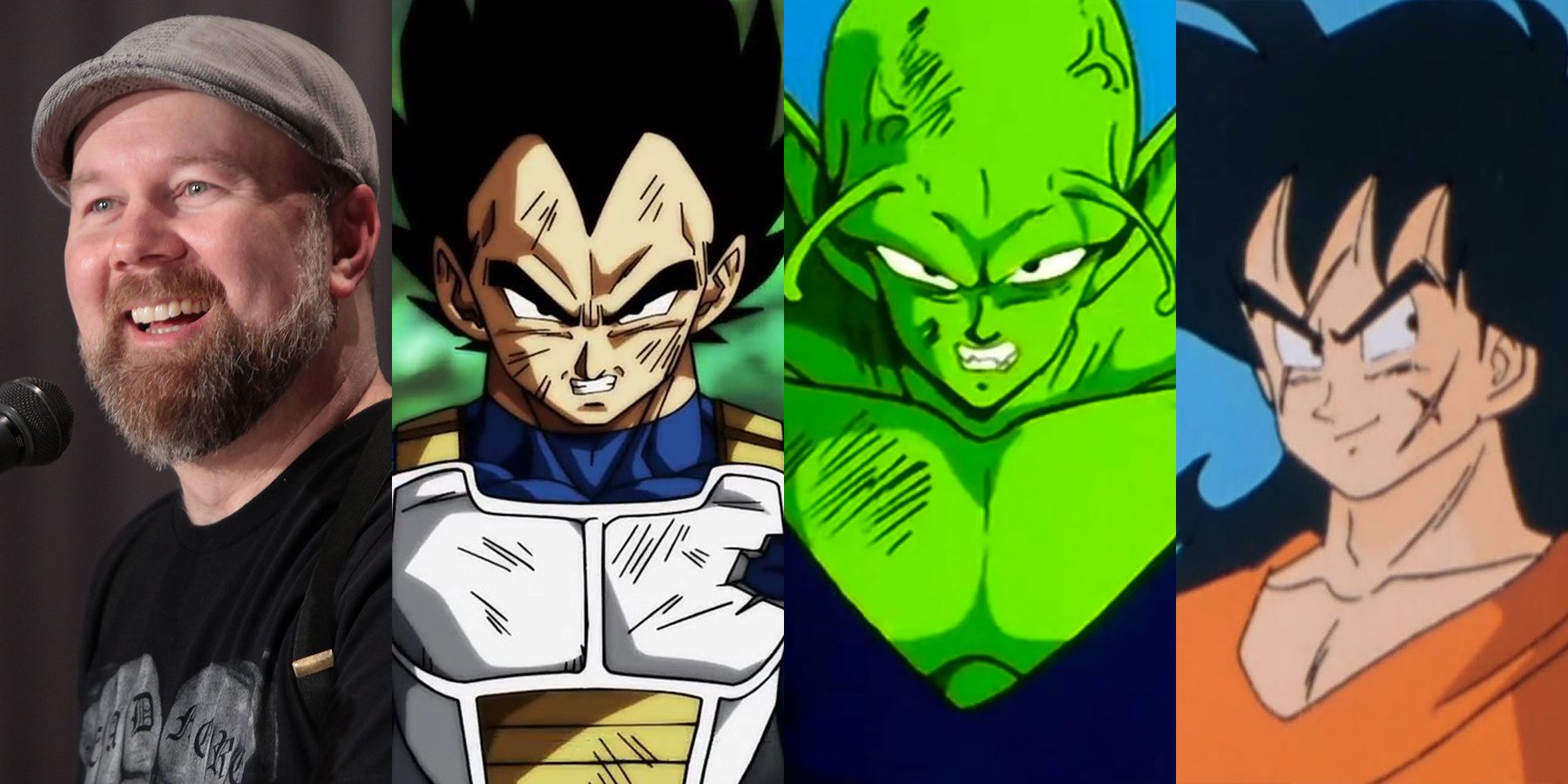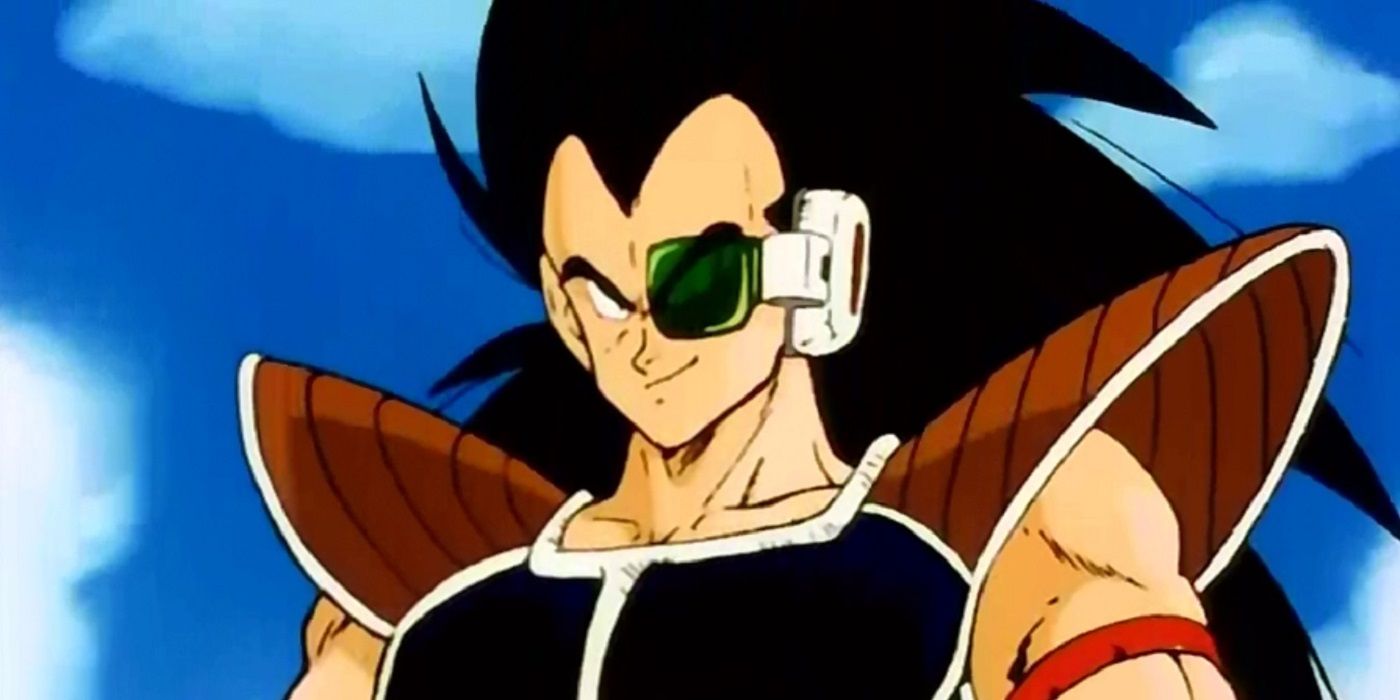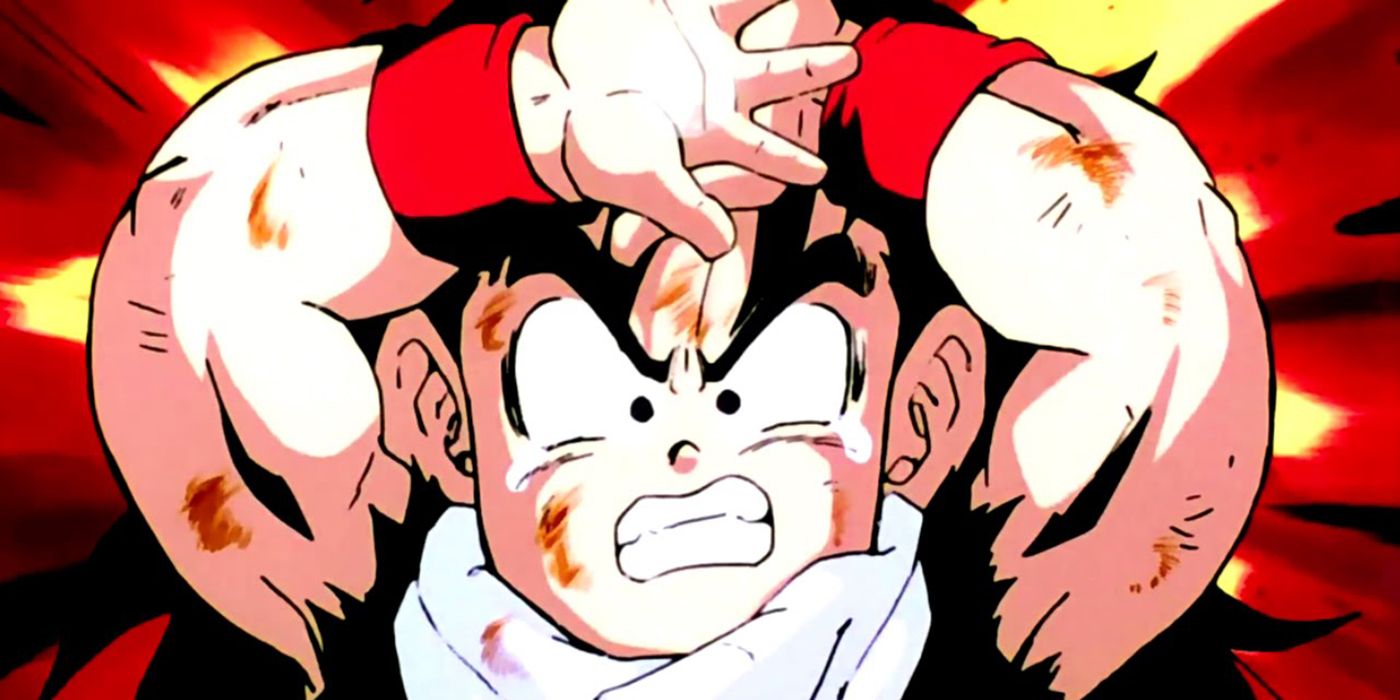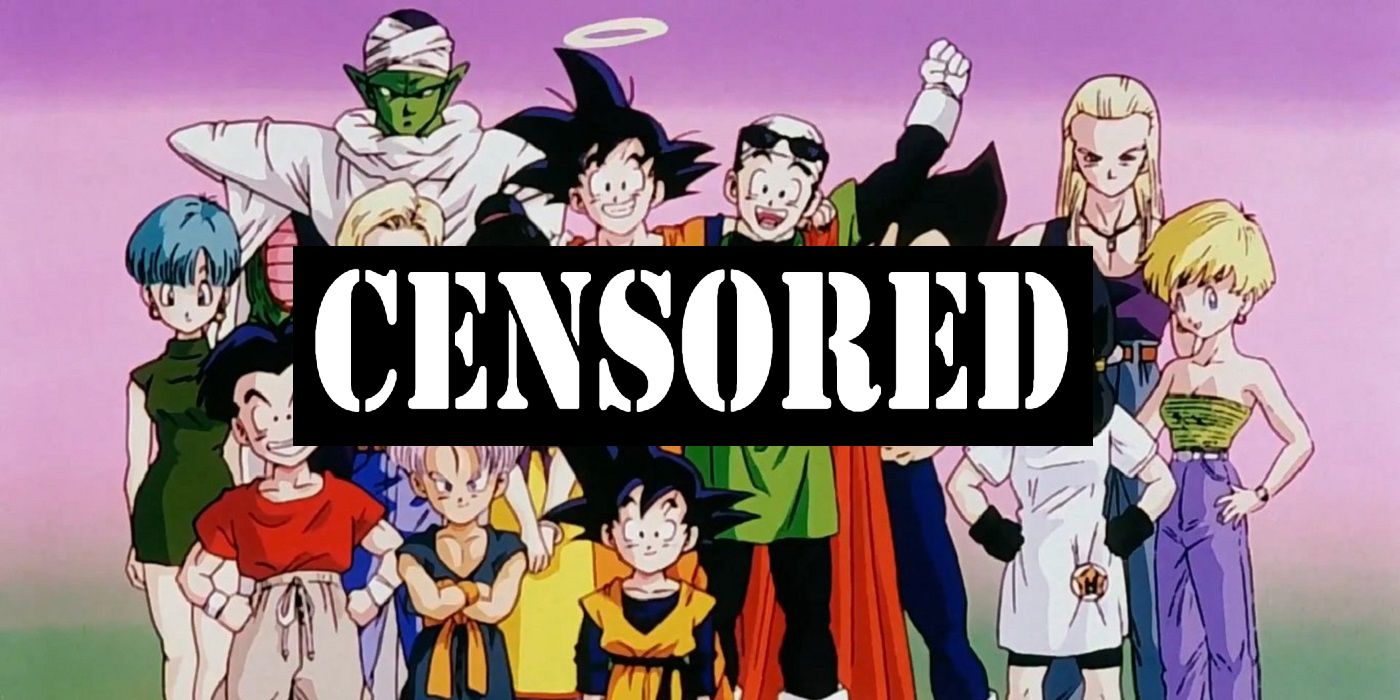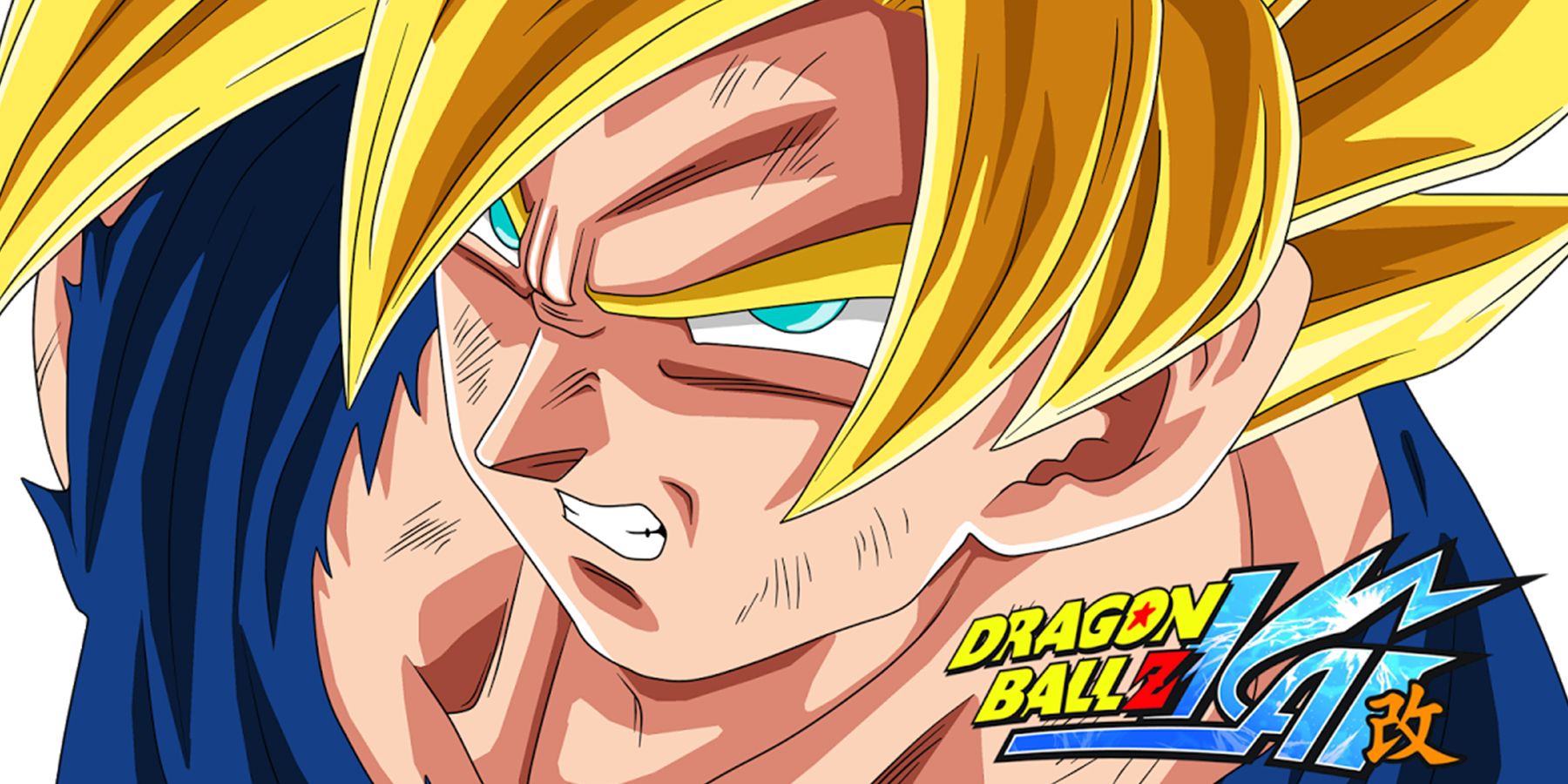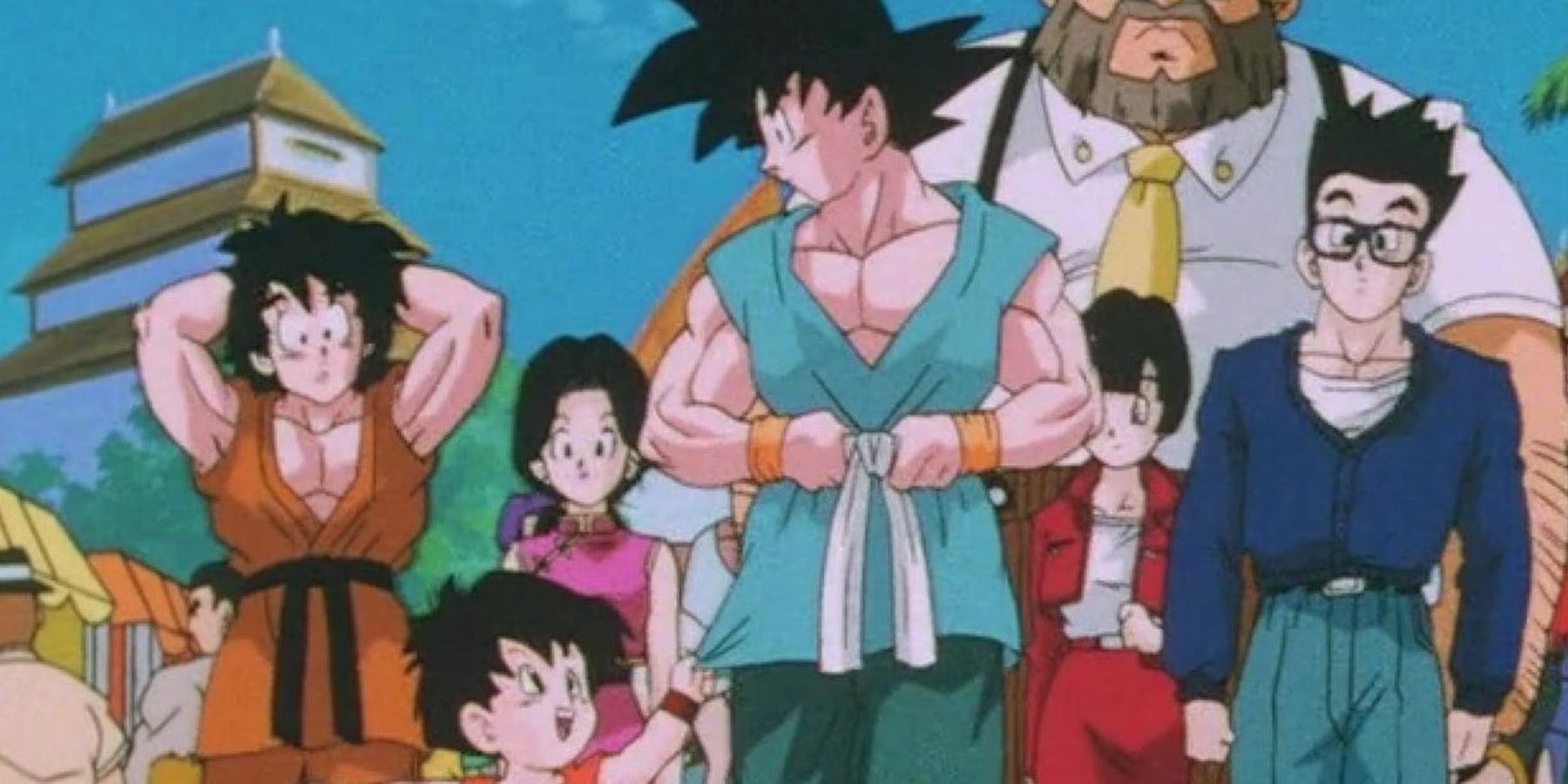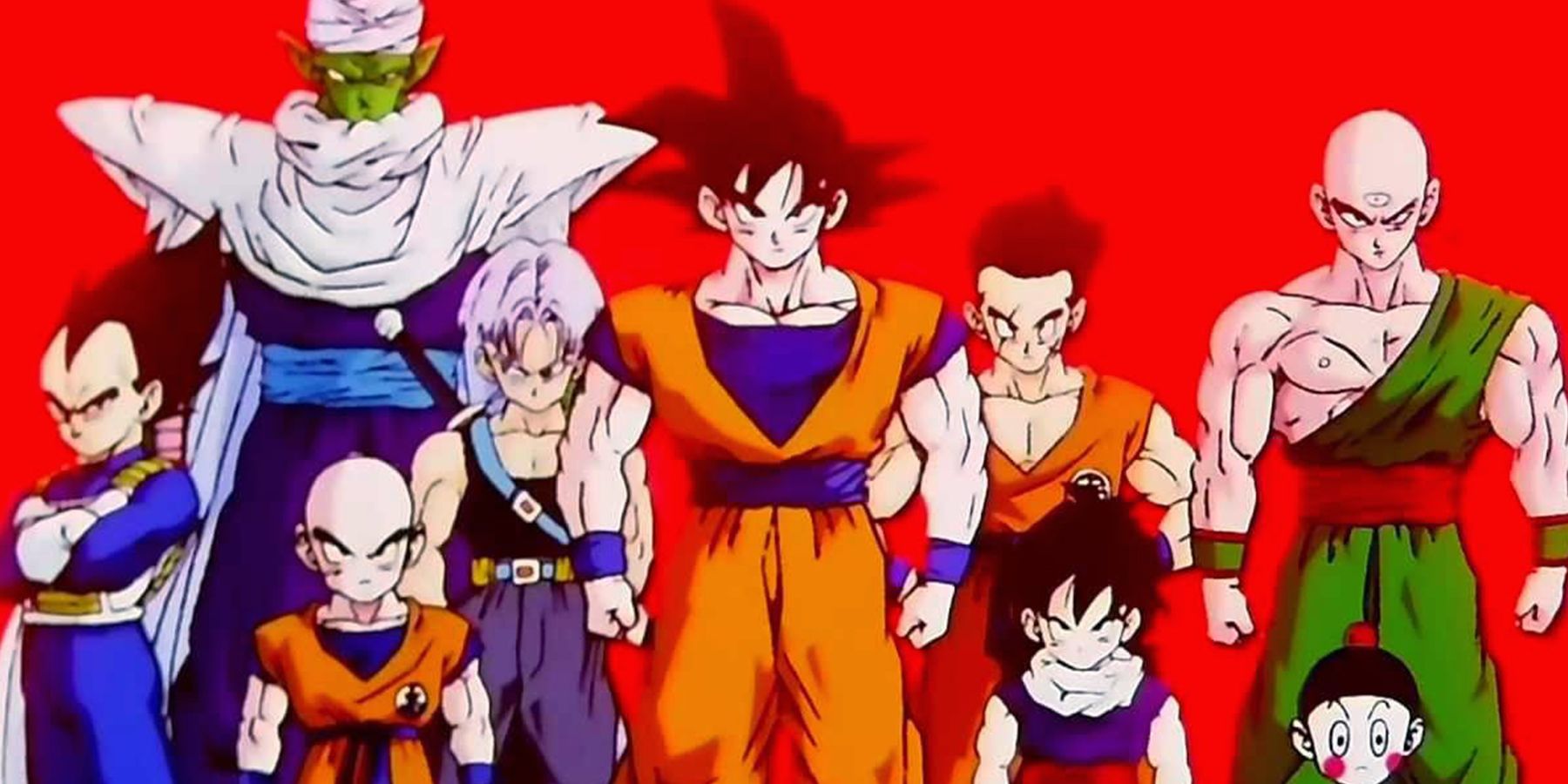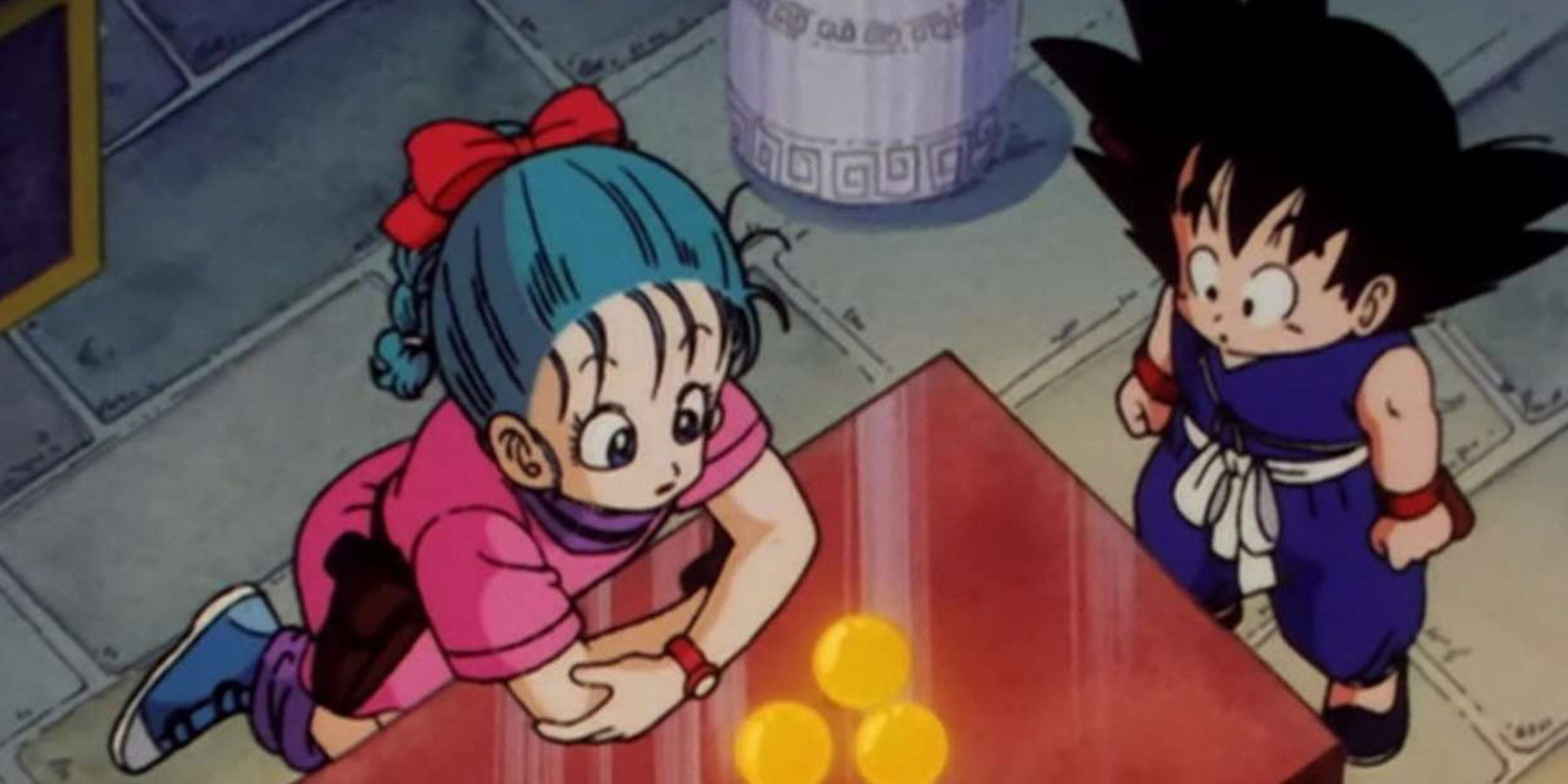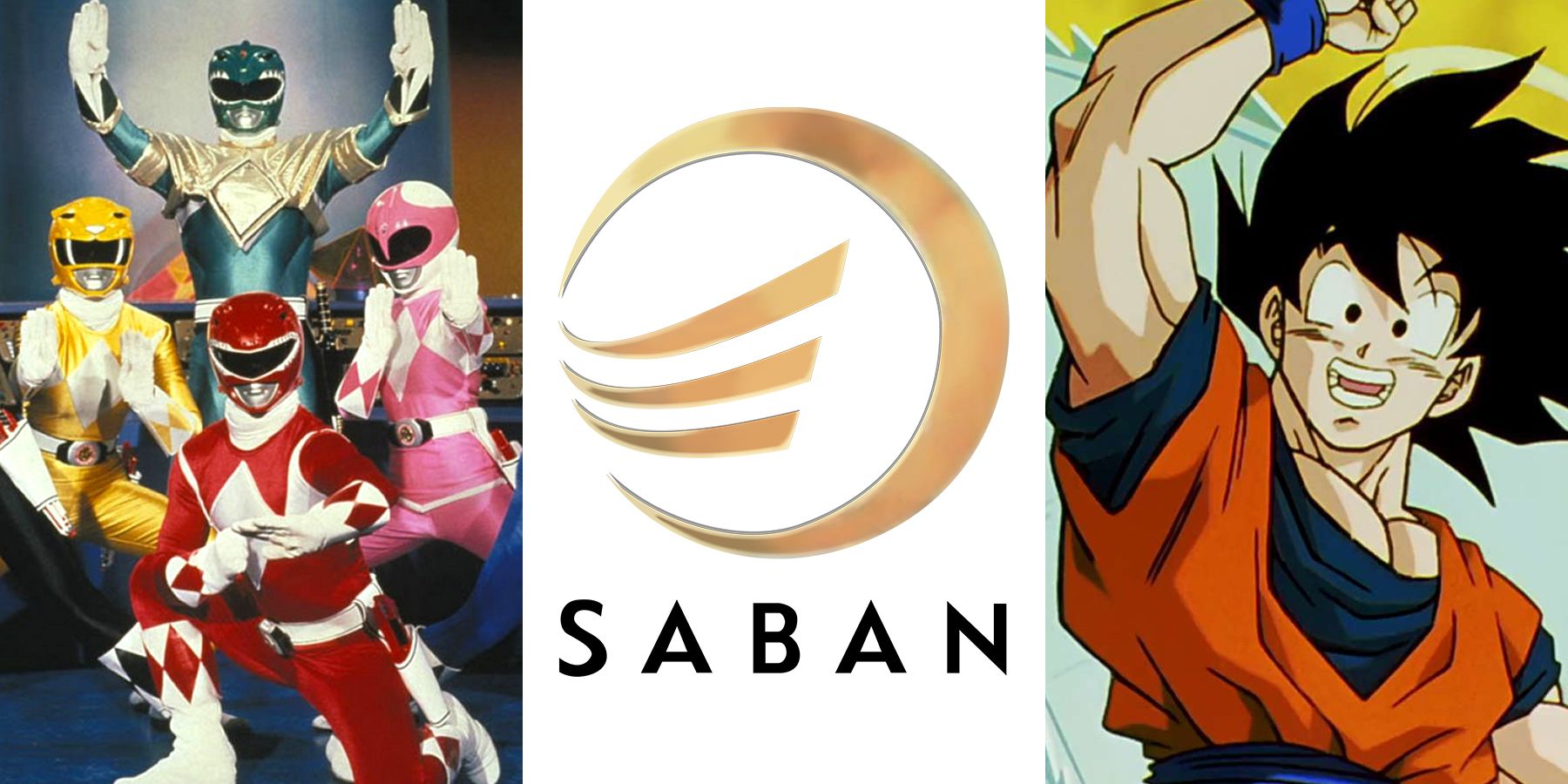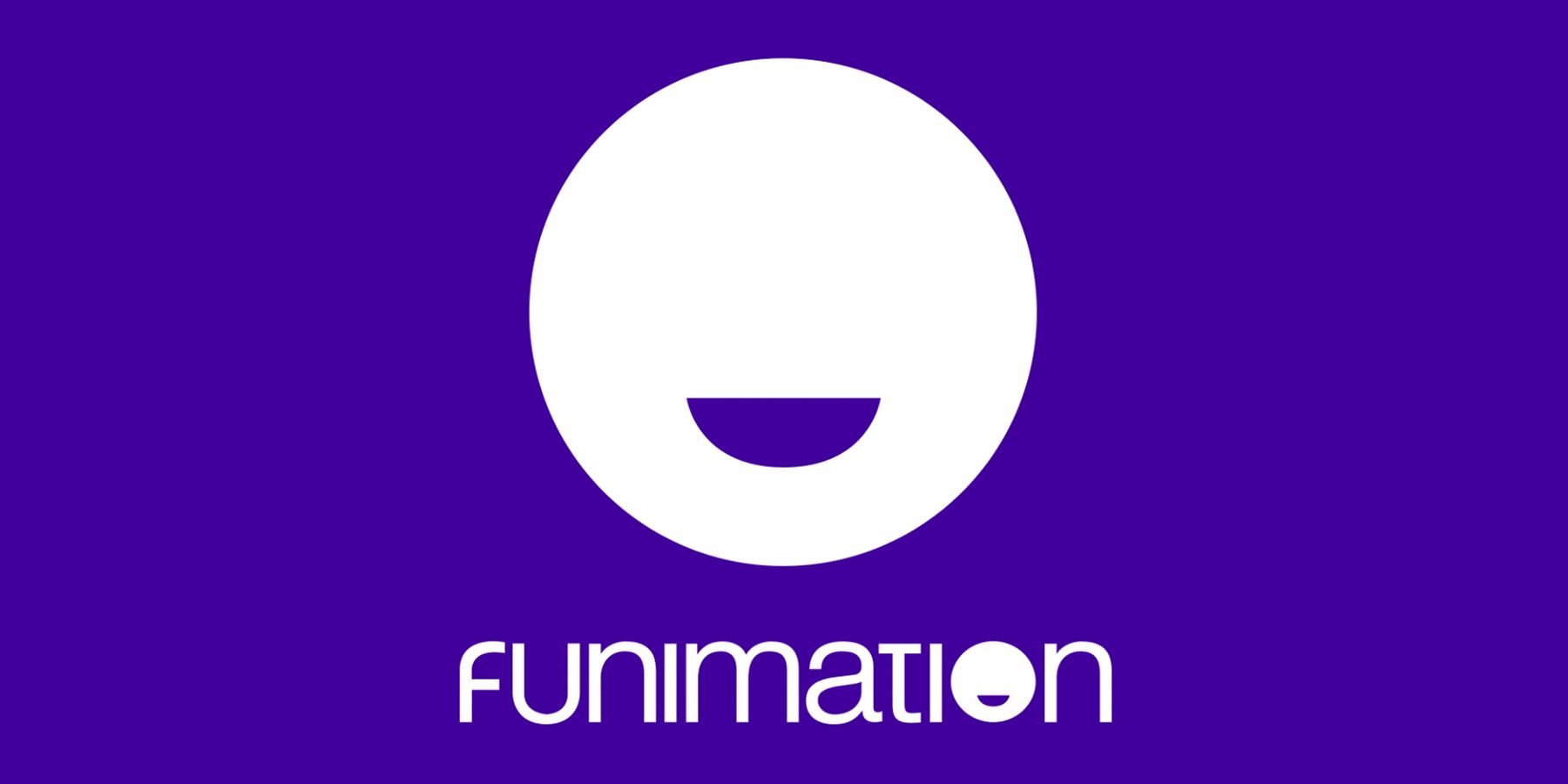If you were a '90s kid who preferred to stay indoors, then you most likely caught Dragon Ball Z on TV, an experience that most fans of the franchise share. When Dragon Ball Z came to America, it might have struggled a bit, but it was here to stay. The U.S. broadcasts of the series would lay the ground work for a huge boom in the American anime market, one bigger than previous waves. Dragon Ball Z was such a hit in America that it became a cultural touchstone for a lot of '90s kids, leading to a popularity that rivaled Japan's love of the franchise.
With all the differences between the U.S. and Japanese versions of the franchise, America's Dragon Ball is sort of its own entity, complete with a unique and interesting history to it. Everything from the weird censorship to the various voice actor changes, Dragon Ball's history in America is full of interesting trivia.
Think you know everything there is about the U.S. version of Dragon Ball? Think again, because the history and unlikely success of the Japanese property has a lot of twists and turns when it came to the States that even die-hard fans might not know about.
Here are 15 Crazy Things You Didn’t Know About The American Version Of Dragon Ball.
THE DUB'S CLIFFHANGER
When Dragon Ball Z first came to America, it was licensed by FUNimation, distributed by Saban and dubbed by Ocean Productions. Dragon Ball Z first premiered in America in 1996 through first-run syndication.
The initial order of the American distribution of Dragon Ball Z was for the first two seasons on the anime, which were cut down from 67 episodes to 53. After these first two seasons aired in America, the dub's production was halted when Saban began cutting down on its syndication production.
The initial run of the dub ended in 1998 in the middle of the Namek/Frieza saga, leaving fans on a cliffhanger, unsure of what would happen next. The English dub then went into a series of re-runs, which led to further popularity of the series in America, something that actually helped revive the dub.
FUNIMATION SAVED THE DAY
As you can all guess, the halt of the American production of Dragon Ball Z that came in 1998 would not be the last we saw of the series.
After seeing the popularity of the Toonami reruns of Dragon Ball Z, FUNimation decided to start up production once again in 1999, this time doing all the work in-house, including the distribution and voice acting.
The FUNimation dub brought us the voice cast that would become the signature voices of our favorite characters. Though there was some initial backlash — fans criticized the drop in quality and the fact that the new voice actors were trying to imitate their predecessors — as Sean Schemmel, Chris Sabat and the other new voices settled in to their roles, the FUNimation dub became the definitive version.
THE OG (ORIGINAL GOKU)
Though Sean Schemmel is, without a doubt, the best known voice of Goku when it comes to the American version of Dragon Ball Z, he wasn't the first. Schemmel was brought in when FUNimation decided to continue dubbing the series to replace the Ocean Studios voice actors. Before him, there were actually two other voice actors who played Goku in the U.S. version of Dragon Ball Z.
Goku's first voice actor was Ian James Corlett, who was known for voicing Bob in later seasons of ReBoot and for portraying Mega Man in the Ruby Spears cartoon. Corlett eventually left after the first season and was replaced by Peter Kelamis, who some might know as the voice of Rolf in Ed, Edd n Eddy. Kelamis would also continue to voice Goku for Ocean Studios' Canadian and European broadcasts of the series.
GOKU'S VOICE ACTOR COULDN'T TELL GOKU FROM GINYU
When FUNimation began plans for continuing the dub of Dragon Ball Z, they needed some new voice actors to replace those that worked for Ocean Studios. Enter Sean Schemmel, though he didn't actually audition for our favorite protector of Earth. Schemmel originally auditioned for the role of Captain Ginyu, whom he mistakingly believed to be more important than Goku
Whem Schemmel got the role of Goku, he was not aware that he was the main character, and was hoping that he still got the role of Ginyu as well.
Seriously, he didn't know he scored a major gig as Goku, and was disappointed at the fact. Of course, he eventually realized how important Goku was, but that doesn't make the story any less interesting or hilarious.
PICCOLO = YAMCHA = VEGETA
When FUNimation decided to continue the American release of Dragon Ball Z, their budget was significantly smaller. This forced some of the voice actors to portray multiple characters, like Sean Schemmel voicing both Goku and King Kai.
Chris Sabat did his part and then some, leading him to be the signature voice of three of the series' main characters. Sabat provides the voice of Yamcha, Piccolo, and of course, Vegeta.
But it doesn't stop there, some of Sabat's smaller roles include Kami, King Piccolo, Mr. Popo, Zarbon, half the Ginyu Force, Grandpa Gohan, and all of the dragons feature in the franchise.
All this dubbing experience is partially what led Sabat to be one of the most prominent anime dub voice actors, as well as a voice director for later various in the Dragon Ball franchise.
IT WAS ALL OVER THE PLACE
When Dragon Ball Z came to America, it was broadcast on quite a few different networks, a trend that would continue throughout its American run. In its initial 1996 run, Dragon Ball Z's American release was put into syndication, meaning that it had no dedicated network.
Any local cable network could pay for the rights to air the American version of Dragon Ball Z, so on top of airing on known networks like UPN, Dragon Ball Z was seen on different networks by different parts of America. Eventually, Dragon Ball Z would find a semi-permanent home on Cartoon Network's Toonami block, which is where Dragon Ball Super currently airs. In later reruns after FUNimation completed the dub, Dragon Ball Z would be also seen on Fox and Kids' WB.
CUT EPISODES
The original American release of Dragon Ball Z dubbed the first two seasons of the series, but not quite every single episode. For some reason, the episode count of these first two seasons was edited and cut from 67 to 53 episodes for the American broadcast. This was most likely due to budget or by mandate of FUNimation's partners in the production.
Whatever the reason, there was quite a bit of information and lore that was removed, recut ,or otherwise edited in the original American release of Dragon Ball Z.
We won't go into full detail of what was cut to take away 14 whole episodes, but it let's just say we're glad that FUNimation kept things uncut in their eventual remaster/re-dub of the series.
ALL THE CENSORSHIP
When FUNimation decided to continue the American production of Dragon Ball Z's dub, they were free from the constraints of Saban, who had made sure a large amount of the series' content was edited in order to appeal to a younger/wider audience. Though these edits helped the series run on so many networks during its initial syndication, it also made DBZ seem rather watered down from all the censorship.
Entire scenes and episodes were cut from the first two seasons of Dragon Ball Z in order to fit Saban's demands, including the removal and editing of all references to anyone passing away. Anyone who perished would instead go to "another dimension," and the concept of Hell was changed to H.F.I.L., the "Home For Infinite Losers."
Some of these edits were understandable, of course, like the removal of blood and revealing scenes, but others were just plain ridiculous.
KAI GOT NEUTERED
Speaking of censorship, even Dragon Ball Z Kai was not safe from the standards of children's television. Kai was meant to show Dragon Ball Z the way that Akira Toriyama intended by cutting filler episodes to make the anime closer to the manga it was adapted from. Yet, despite this intention, there were still heavy edits made to Kai (aside from the filler cuts) when it was original aired in America.
The reason for this is because Nicktoons was the first to air the remastered series, which meant that it had to be suitable for children to watch. This led to heavy censorship; the removal of blood, revealing scenes, and otherwise violent moments being the result.
Thankfully, Kai is currently being aired uncut on Toonami and is also available on DVD and Blu-Ray.
DBZ WAS OVER BEFORE IT AIRED IN AMERICA
By the time that Dragon Ball Z first hit America, it had already finished airing in Japan. With most modern anime, as well as anime of the past decade, the Japanese broadcast is, at most, a season or two ahead of the American release.
Dragon Ball Z came before the modern American anime distribution industry was fully running, so the entire series had finished airing in Japan before it was dubbed and distributed in America.
What makes this even stranger is that by the time Dragon Ball Z was hitting American networks, Dragon Ball GT had started to air in Japan. Funnily enough, the fan backlash of GT in Japan didn't stop FUNimation from dubbing and airing the series in America - or perhaps the company didn't know about the series' failure. R
egardless, we're just happy it was removed from the canon.
ROCK THE DRAGON
When Dragon Ball Z first came to America, one of the many things that was changed was the soundtrack. Instead of the original score and opening theme that the series had, Saban musicians Ron Wasserman and Jeremy Sweet created new music for the series, resulting in the "Rock the Dragon" opening that lives on in the hearts and minds of '90s kids.
The score of Dragon Ball Z was changed to have a more "extreme" sound complete with heavy metal guitars and synthesizer solos, a sound that was continued by Bruce Faulconer when FUNimation took over production of the American dub. This score was eventually replaced in the Kai version of the series, by a third score that more reflected the original Japanese.
DRAGON BALL'S FAILURE
Most American fans of Dragon Ball got into the franchise through Dragon Ball Z and didn't know of the original series until much later. The reason for this is because an American release of Dragon Ball failed twice.
The first attempt was made in 1989 by Harmony Gold USA, who changed Goku and Bulma's names to "Zero" and "Lena." The test episodes that resulted from this dub, known as "the lost dub" were not well received and no further episodes were produced.
In 1996, FUNimation also attempted to bring Dragon Ball to America, using Ocean for voiceovers. Thirteen episodes of Dragon Ball were dubbed and put into syndication in America, but the series was not well received.
Due to low ratings, Dragon Ball's American release was canceled and wasn't completed until later down the road.
DRAGON BALL FINALLY SUCCEEDS
Though its initial foray into the American market might have failed, Dragon Ball would eventually get a full American release through FUNimation. This dub, which was done with the help of in-house FUNimation voice actors, aired on Toonami in America from 2001 to 2003, receiving an uncut DVD release as well.
The fact that Dragon Ball didn't fully air in America is partially responsibly for the series' obscurity amongst casual Dragon Ball Z fans. Many did not know of Goku's original adventures and instead gathered clues about his past, personality, and friends from what was provided in Dragon Ball Z.
Luckily, now they can enjoy the original series through streaming services and home media and watch Goku grow from a rambunctious child into a powerful warrior.
THE POWER RANGERS CONNECTION
If you've read through the rest of this list, you've seen the name "Saban" thrown around a few times. To some, this name might seem familiar, specifically for fans of Power Rangers.
The Saban that distributed the Ocean dub of Dragon Ball Z is the very same Saban that took Japan's Super Sentai series and localized it into Power Rangers.
There are actually a lot of similarities in the way that Saban changed both these brands. While there was no footage added to Dragon Ball Z, it did receive an entirely new, rock-heavy soundtrack from the same composers as the Power Rangers and was, of course, dubbed in English.
Plus, it could easily be said that both shows are looked back fondly as definitive parts of peoples' childhood.
THE HISTORY OF FUNIMATION
Last, but not least, we have one final piece of history/trivia relating to Dragon Ball's American broadcast. Many know FUNimation as one of the biggest dubbing companies in America. Without FUNimation, most anime dubs would not be possible, including the much-beloved dub of Cowboy Bebop. So, how did such a powerhouse of American anime distribution get its start?
You guessed it, Dragon Ball.
Though FUNimation wasn't the first to attempt bringing Dragon Ball to America, it was founded for the purpose of doing so. The company's founder, Gen Fukunaga started the company after his uncle, a producer for Toei, proposed the idea of bringing Dragon Ball to America with the stipulation that he start a company and raise enough money to do so.
In other words, there would be no American version of Dragon Ball without FUNimation and there would be no FUNimation without Dragon Ball.
---
Do you have other trivia to share about the American version of Dragon Ball? Let us know in the comments!

